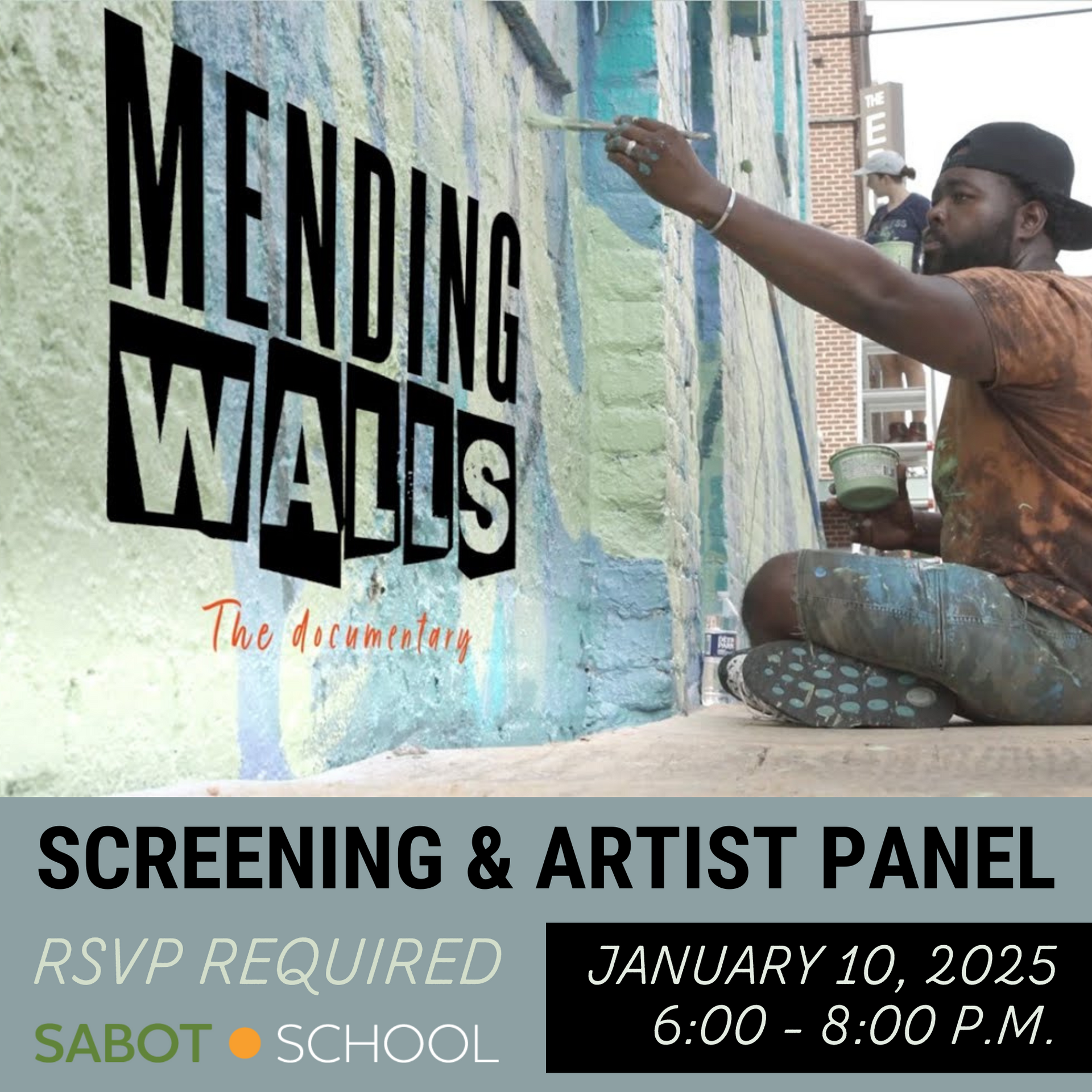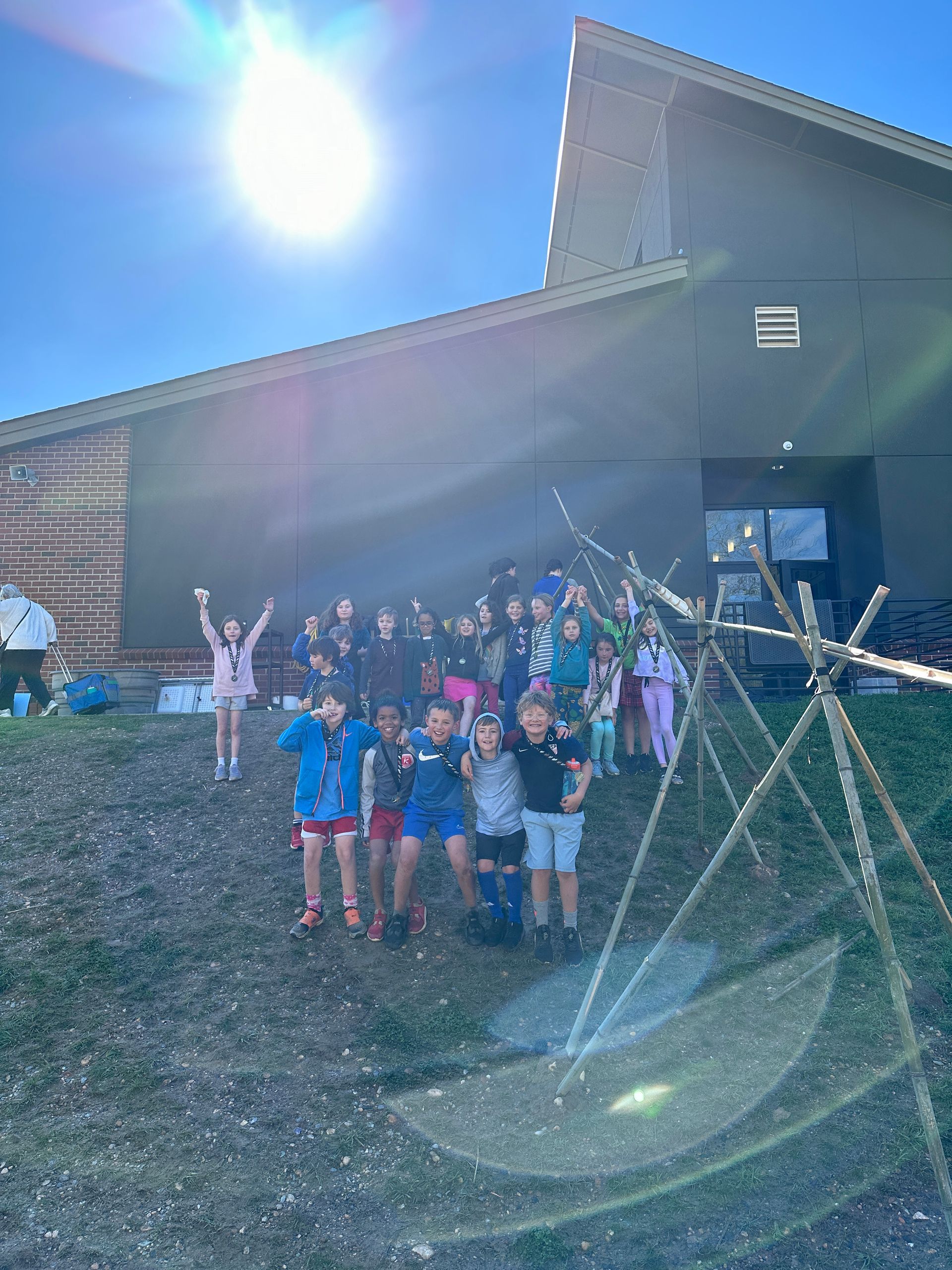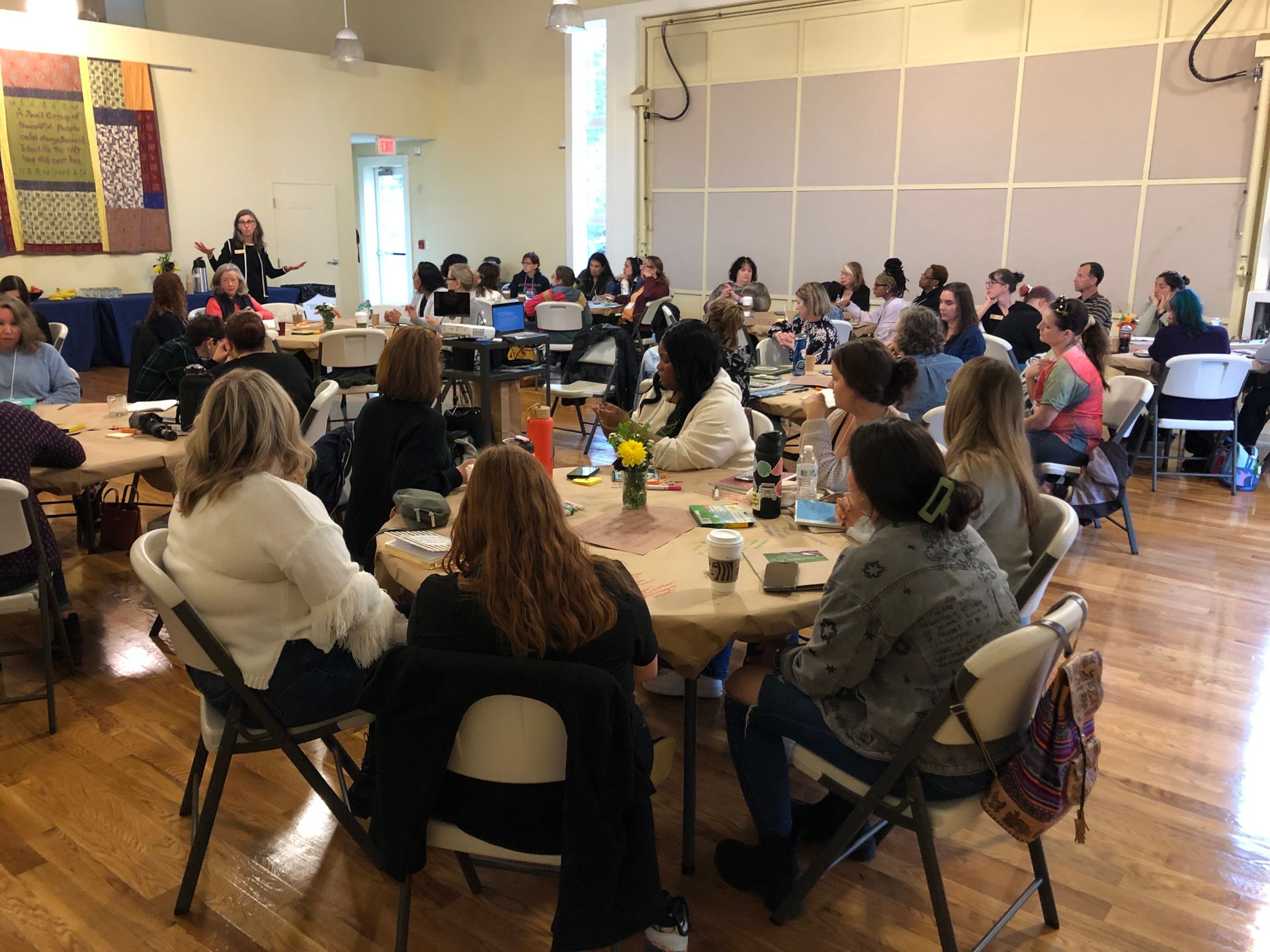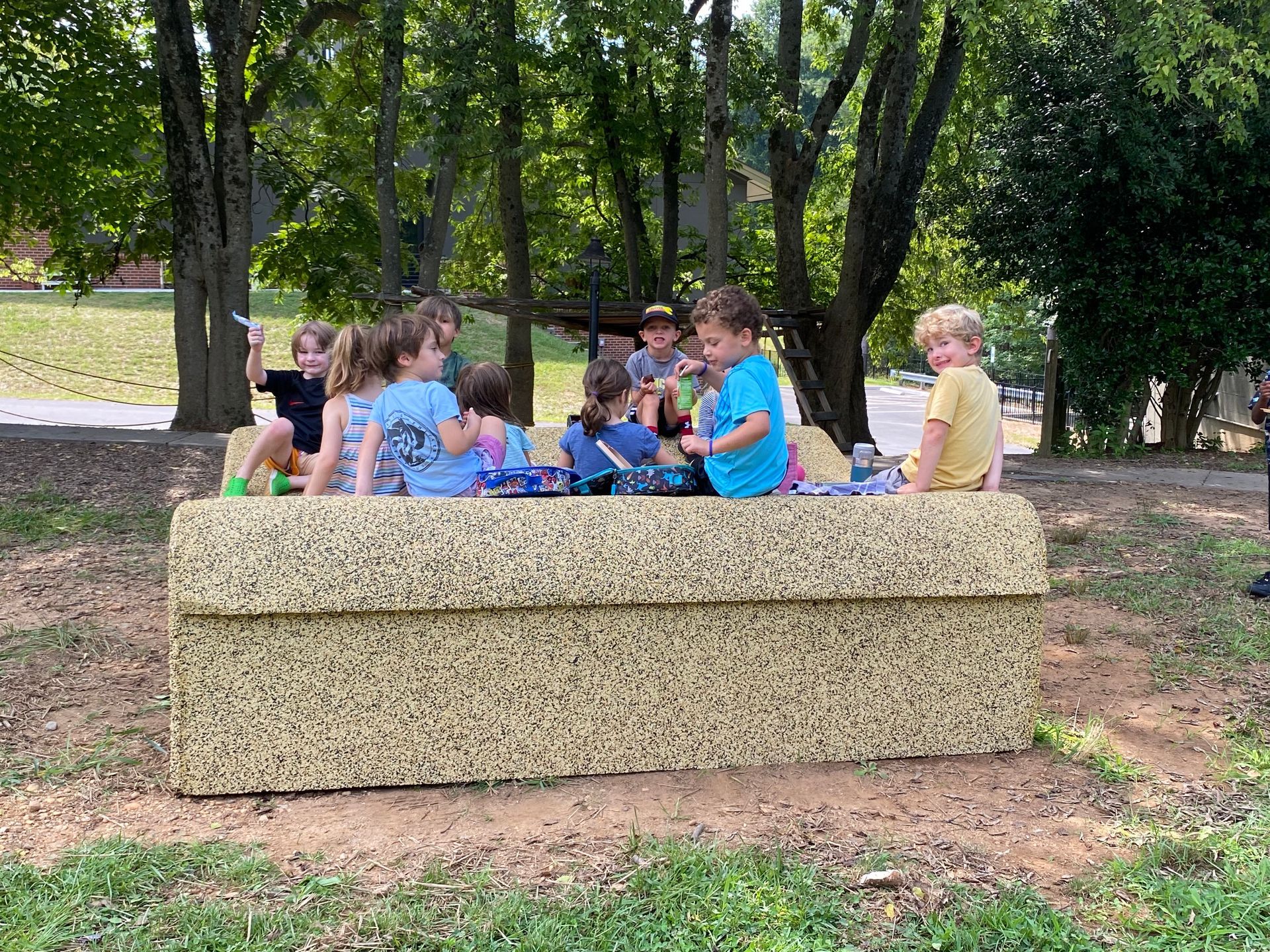Kindness: Laying the Groundwork for Social Justice

Wiping away another child’s tears with a tissue.
Every year, in addition to our school’s focus on an Umbrella Project, each teacher chooses an individual intention. This personal investigation is another way to deepen our teaching and explore topics of special interest. This year, Sarah Anne and I chose the same intention: to study how we might bring social justice and an anti-bias attitude into our everyday interactions in the classroom.
We always strive to be fair, respectful, and compassionate to every child and every family in our community. But we also realize that there is always more we can do. Current research indicates that it is never too early to instill these values in children. How can we identify attitudes of bias in ourselves and in the children? How can we bring out our awareness of those biases, painful as it may be to see them surface? How can we make our classroom one that welcomes all who come, that celebrates the rich diversity of culture and background we each bring to the Forest Room?
These are big questions, and we will be wrestling with them for a long time. But we have to start somewhere, and we have to start sometime. Sarah Anne and I have been reading “Rethinking Early Childhood Education,” edited by Ann Pelo. This book is all about bringing social justice into early childhood education. One way is to emphasize children’s social-emotional learning. We can do that by focusing on “the importance of collaboration and offer(ing) children coaching and practice about understanding multiple perspectives.”

Helping zip up a coat.
This week we began to invite this learning by calling attention to acts of kindness. We feel this is a good way to help children become aware of different perspectives. When we saw children assist others with a task, or help each other solve a problem by using their words (with or without the support of a teacher), we wrote it down on a slip of paper. When a child was moved to share without being asked or went out of their way to clean up materials or to get something someone needed, we acknowledged that as well. At circle, we read these thoughtful deeds aloud to the children, watching them beam when we verbally acknowledged their compassion.
These young children come into our classroom at a pivotal time in their lives. They are beginning to leave parallel play and branch out into collaborative social interactions. Learning to negotiate, wait, and care for others who have different ideas, backgrounds, and abilities takes practice. It is our job to support this valuable work, to delight in the children’s burgeoning skills in empathy and communal exploration of common goals. The world can always use more kindness, and we will continue to write the children’s acts down, read them aloud, and make them visible as a powerful way to lay the foundation for social justice and anti-bias in our classroom.
The post Kindness: Laying the Groundwork for Social Justice appeared first on Sabot at Stony Point.
SHARE THIS POST
